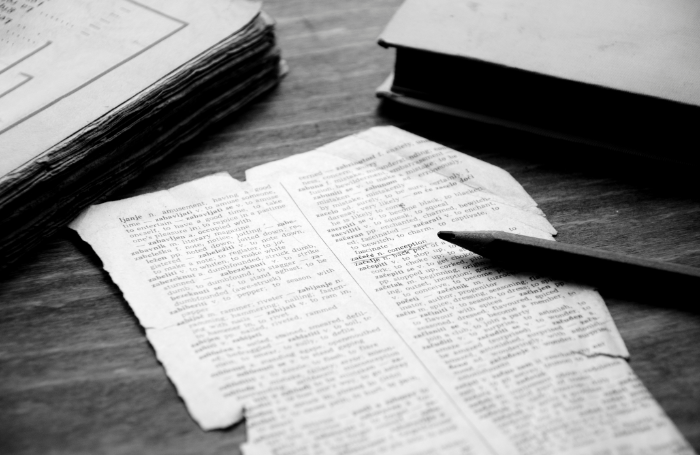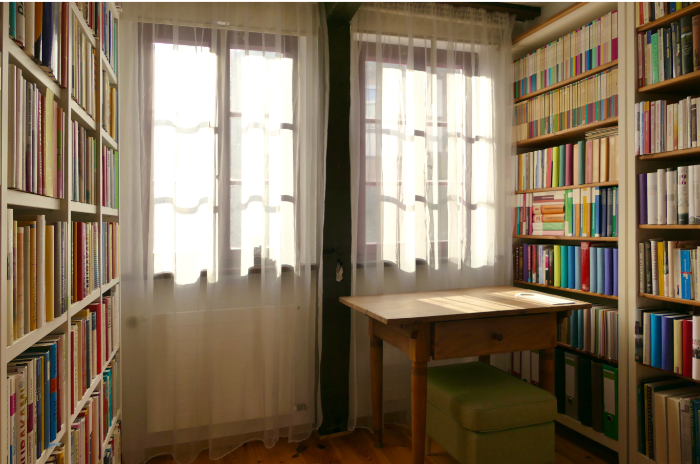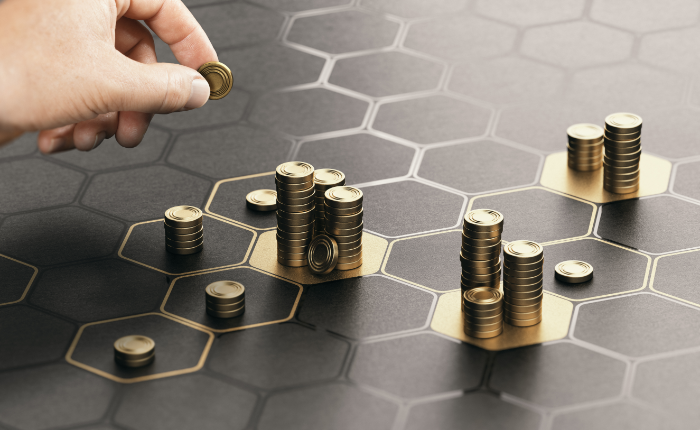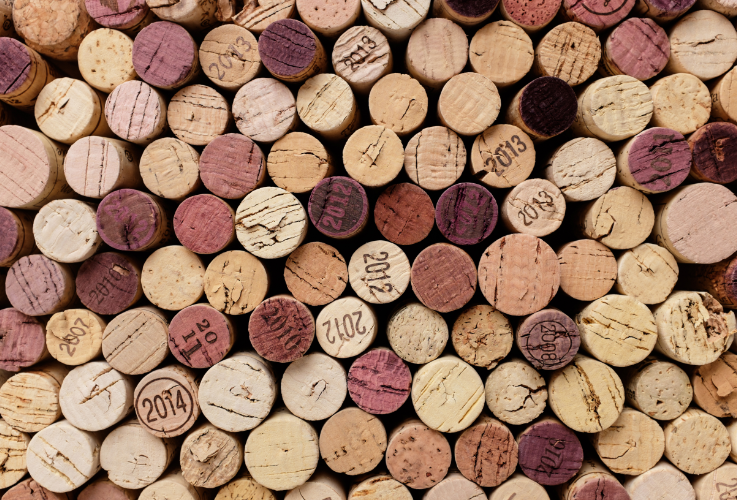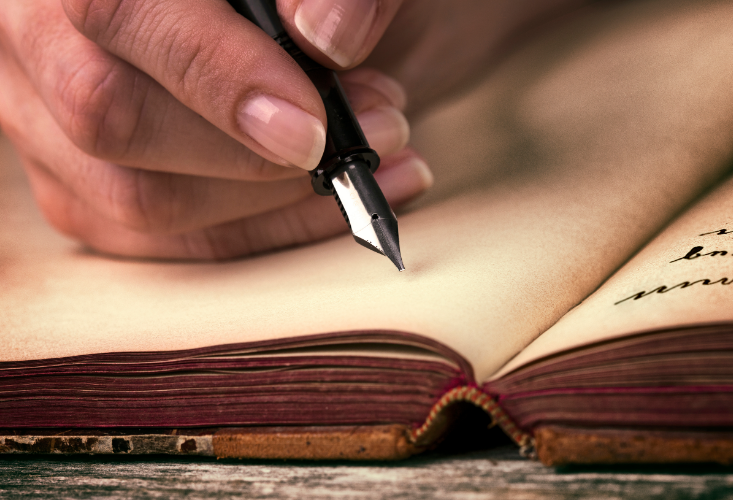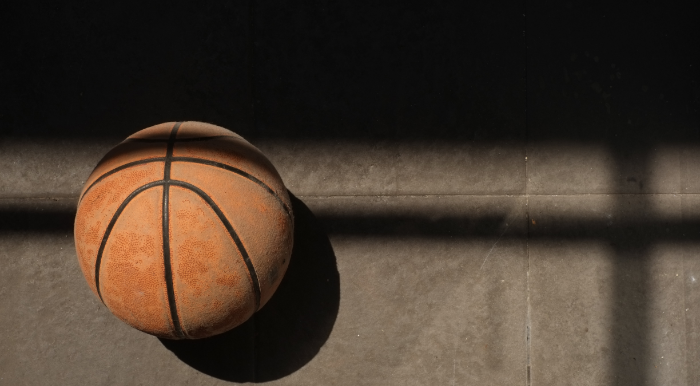Fibonacci numbers continue to fascinate me. I have found this fascinating numerical sequence in nature, art, architecture, and even as an indicator in investing and trading. The Fibonacci sequence was not new to me. I had heard of Fibonacci numbers and the sequence, and it has always interested me, but I have never studied it. The fascination occurred when reading Technical Analysis from A to Z by Steven B. Achelis. Fibonacci sequences often appear in nature, but I was surprised to see them in a book about investing and trading.
Fibonacci numbers have been known for over eight hundred years; for me, they have become a new interest that I enjoy finding in nature, music, architecture, and art. Many stories and theories abound on how the Fibonacci sequence was discovered. Many believe that a sequence of numbers was found while Fibonacci was researching rabbit breeding. Fibonacci numbers are a sequence where each successive number is the sum of the two previous numbers, such as:
0, 1, 1, 2, 3, 5, 8, 13, 21, 34, 55, 89, 144, 233, 377, etc.
The numbers have an interesting relationship as well. Any given number is nearly 1.618 times the preceding number and close to 0.618 times the following number. This ratio is referred to as the golden ratio.
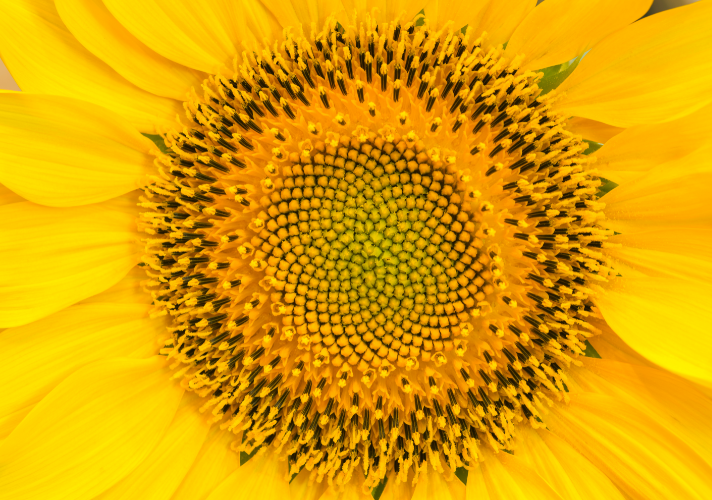
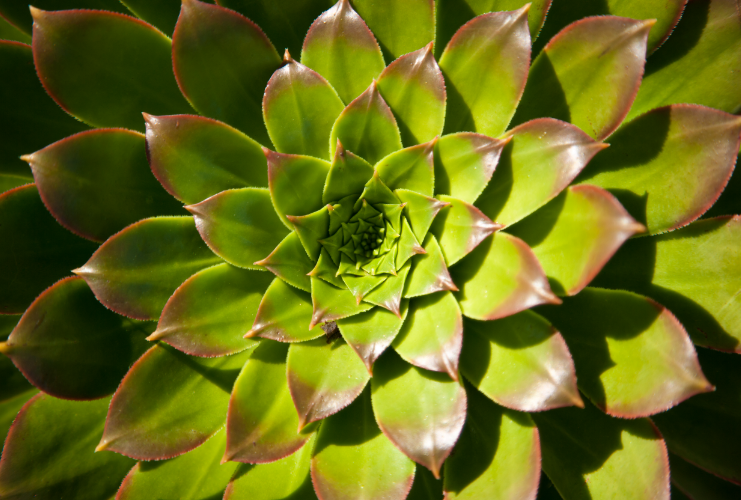
Fibonacci in Nature
The golden ratio manifests in the arrangement of petals of several flowers, including the seeds in a sunflower plant, the pinecones of a conifer tree, and the spiral shells of a nautilus. Leaf arrangements, known as phyllotaxis, are seen in many plants, and tree branching patterns often follow Fibonacci sequences.
Fibonacci in Art
Perhaps you are unfamiliar with the drawing by its name, Vitruvian Man, created by Leonardo da Vinci, but you’ve seen it. His drawing is a masterpiece of the Italian Renaissance, known for its precise proportions and geometric harmony; da Vinci created his famous drawing using the Fibonacci sequence!
Another famous painting by Leonardo da Vinci, The Mona Lisa, used the “Golden Spiral” to create the perfect triangle.
Artists find the “Golden Ratio” useful in balancing their paintings. Artists often use spirals or make sections of their canvas, dividing them into sections of a Fibonacci number sequence. For many seascapes with large waves, the artist uses the Fibonacci sequence and then further uses Fibonacci strategically placing items in their painting to achieve an appealing work of art.
Depending on the artist, some of the Fibonacci sequences may be discreet or obvious, especially to those familiar with the “Golden Ratio.”
The Fibonacci sequence often inspires contemporary works of art. Many abstract pieces are created using the Golden Ratio.
Fibonacci in Architecture
For centuries, architects have used the principles of the Fibonacci sequence in the design of their structures. Employing the golden ratio helps create an aesthetically pleasing, harmonious, proportionate, and mathematically ordered building. The Parthenon and the Taj Mahal are classic structures, and the creators used the Fibonacci sequence.
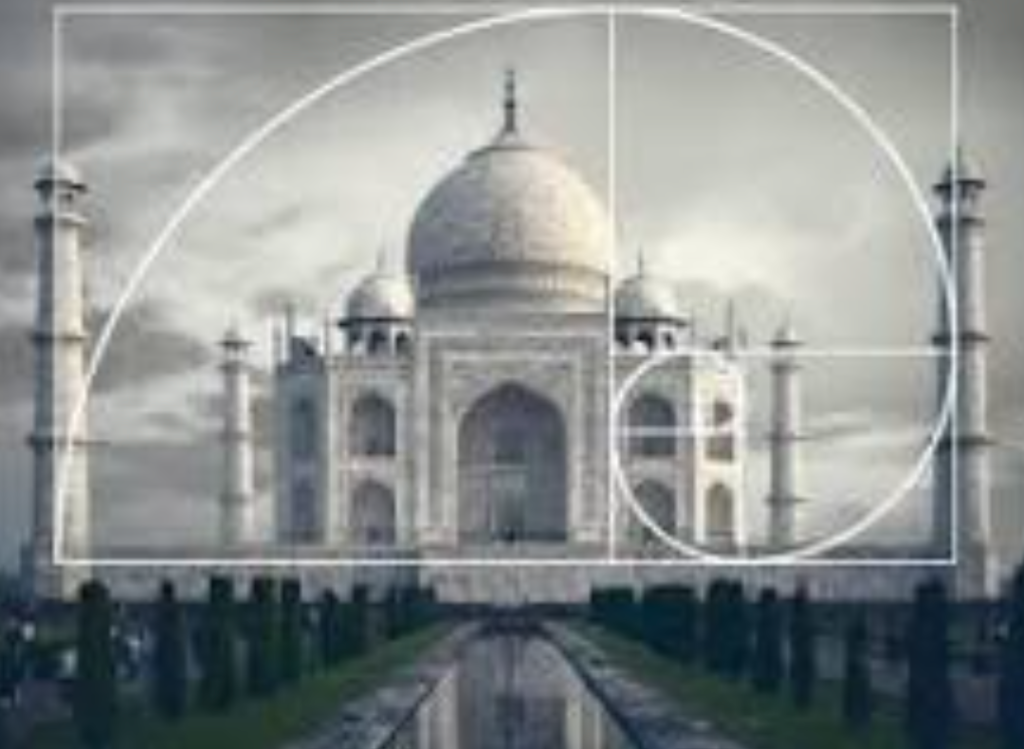
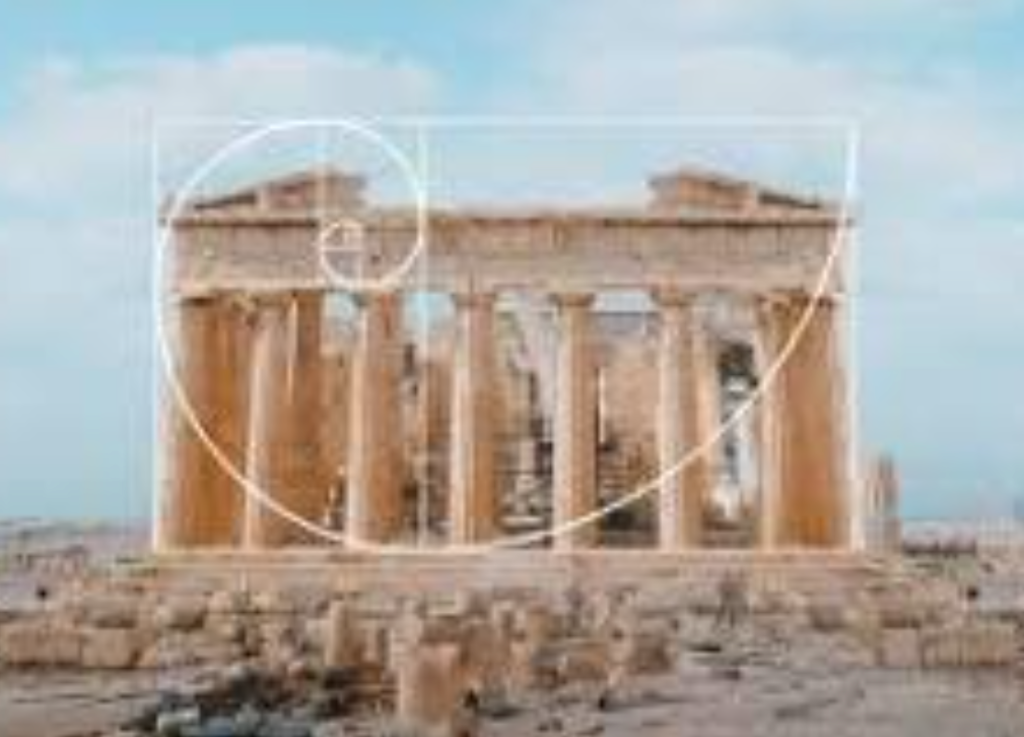
The golden ratio is still used by architects and interior designers today.


Fibonacci in Investing
Trading with Fibonacci numbers may shaped in four different modes: fan lines, arcs, retracements, and time zones. Time zones are Fibonacci numbers drawn vertically on a price chart, and the trader looks for meaningful changes at these points in time. Retracements are nine lines between a selected peak and the bottom of a chart. The lines are drawn at 0%, 23.6%, 38.2%, 50%, 61.8%, etc. It has been found that after a dramatic price move, prices will retrace a portion of the original move that was either up or down. Produce Fibonacci Arcs by drawing a trendline between two extreme points. Create arcs centered on the second extreme point, intersecting at Fibonacci levels. These I find difficult to produce and thus are not my favorite.
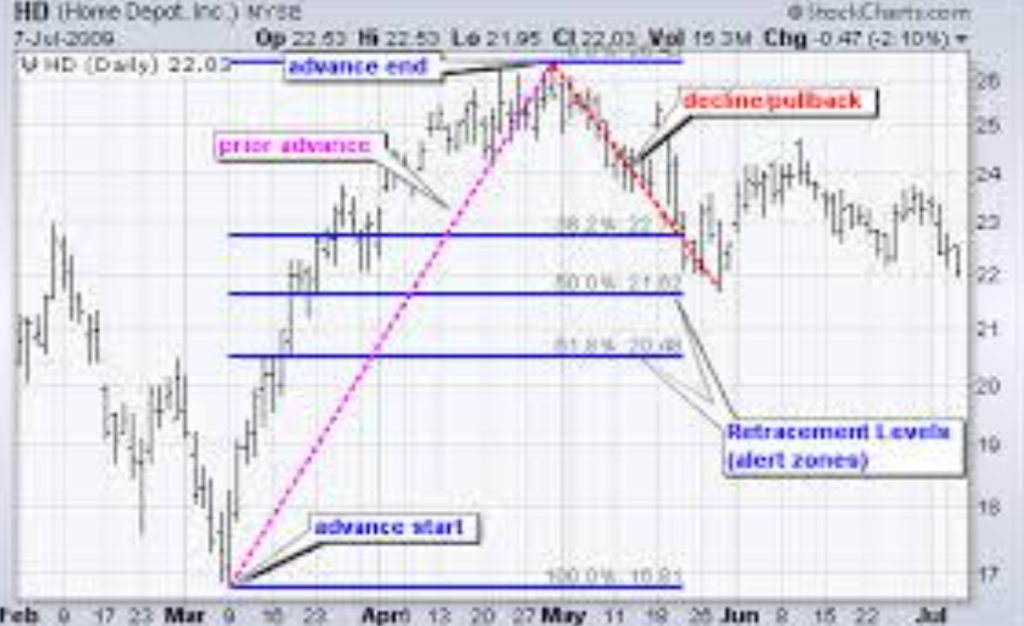
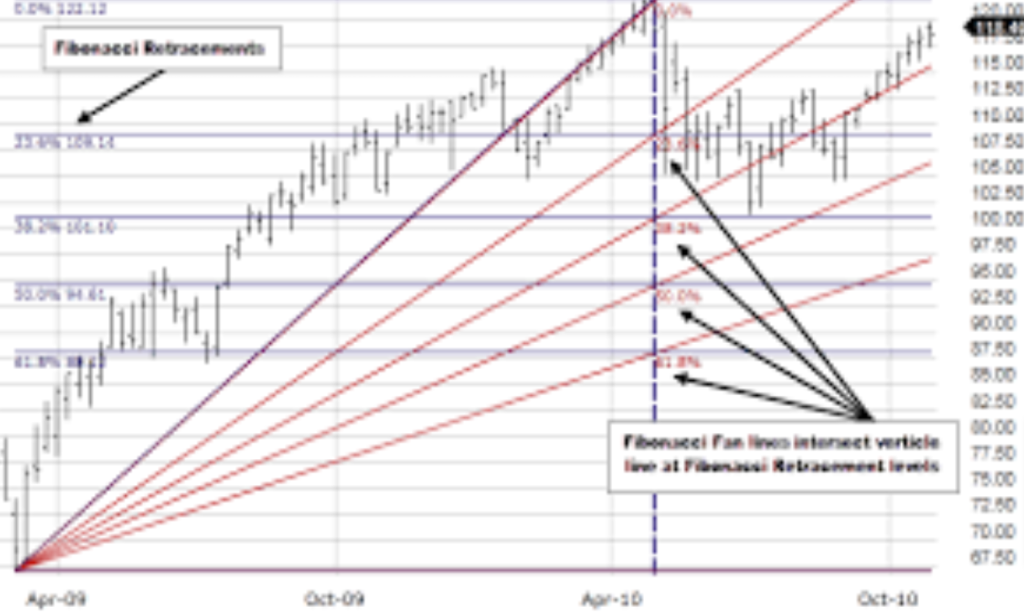
These are my favorite Fibonacci fan lines. One produces a Fibonacci Fan line by drawing a trendline between two extreme points, a trough and a peak. A vertical line is drawn through the peak. Three trend lines of 38.2, 50, and 61.8 percent are created to pass through the vertical line created. A trader will find support or resistance at these trendlines, and it provides an excellent means by which to gauge the entry or exit of the trade.
The Universal Appeal of Fibonacci
Fibonacci sequence is not new, yet it never ceases to entertain, enlighten, and fascinate science and art; it facilitates and confirms decisions in man’s creations and undertakings. It is your time now to Investigate Fibonacci numbers and be intrigued. Observe your surroundings; enjoy nature; find Fibonacci in your city; research and review some stocks; and see if you find Fibonacci retracements or fan lines.
If you are interested in learning more, I urge you to read The (Fabulous) Fibonacci Numbers by Alfred S. Posamentier and Ingmar Lehmann.


